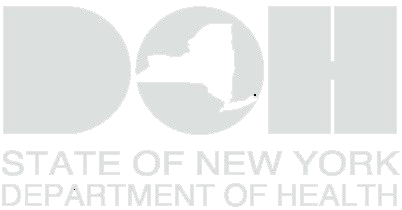Privacy Policy
What information is collected and why?
When a user visits our website, we collect information about the visit that does not identify the user personally. We track information such as the domain from which the user is visiting and the user’s browser type. We also collect specific information regarding the user’s session on our website. This includes items such as the date and time of the visit and the pages viewed. Sometimes we ask a user to voluntarily provide personally identifiable information (PII). This information generally includes, but is not limited to, name, e-mail address, postal address, and telephone number. We request this information when the user requests one of the following:
- To register to attend an on-line seminar or demonstration
- To receive specific information from us such as a whitepaper or code sample
- To sign up for a mailing list
To correspond with us - Or any other such activity that we deem necessary
Research For Life does not collect any personally identifiable financial or health-related information. We do not intentionally collect information from children under the age of 13.
How is the information used?
Non-personally identifiable information (non-PII) is collected to allow us to analyze how our website is used and to improve the content and service the website provides.
Personally identifiable information is collected for analysis to improve the content of the website and the services we provide the user. Research For Life owns the collected information and will not sell, trade, or rent the information to others. We may use the information to continue contact with the user. This may include contact such as follow-up calls, e-mail correspondence, or mail correspondence to follow-up on the contact or to provide marketing information about promotions, new services, or important website changes. Research For Life may share this information with its business partners for the specific purpose of a promotion or service offering.



